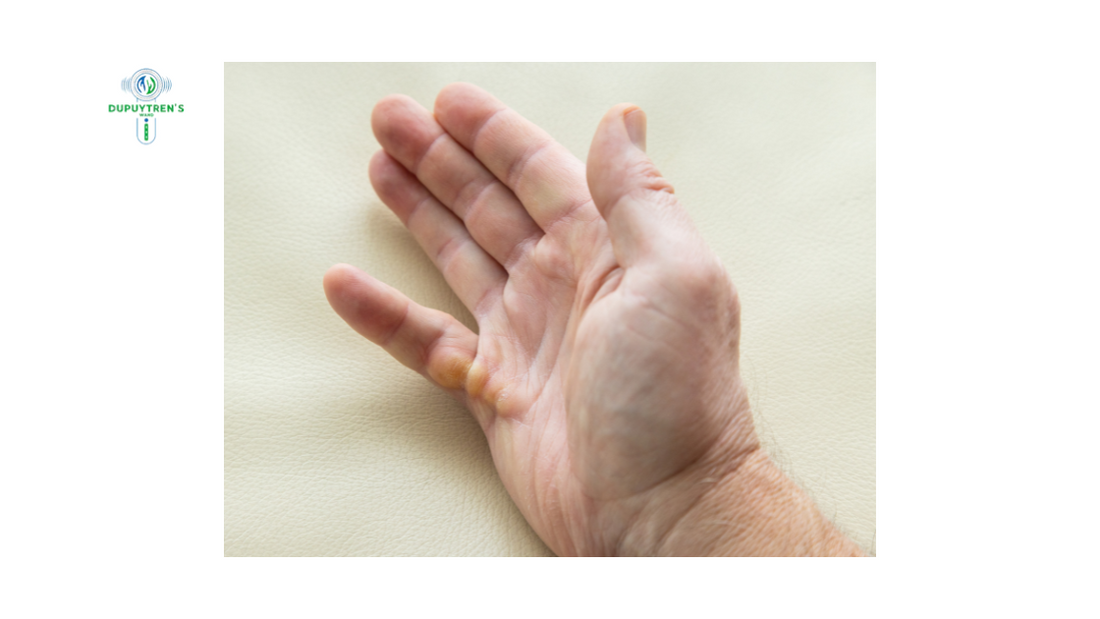The condition Dupuytren’s Contracture starts as a hardened lump or nodule on the hand. As the hardened lump develops, it causes a cord to develop that pulls the finger down towards the hand’s center. Despite the fact that a lump forming Dupuytren’s Contracture is not a sign of cancer, it is a benign skin condition. The condition is progressive, however, so will need to be treated. When the situation goes untreated, it can cause long-term damage to the finger, which can result in the finger being permanently stuck in a bent position with the only treatment being surgery.
Although Dupuytren’s Contracture is not painful in most cases, it can become unbearable if it goes untreated. The bending of the fingers causes cramping, and attempting to straighten them out can be excruciating.
Once the condition begins to deteriorate, the sufferer struggles to perform the simplest of tasks. Putting on gloves or washing dishes is not possible. As the finger cannot be straightened, grasping items becomes very difficult.
How can Dupuytren’s Contracture be treated?
As mentioned before, surgery is a treatment for Dupuytren’s Contracture. The surgery performed to treat Dupuytren’s disease is known as a fasciectomy, removing a layer of tissue. The surgery has some serious risks and side effects. The hazards include pain at the site of the incision, irritation, swelling, tenderness in the hand, numbness, and potential nerve and tendon damage. Recovery from surgery usually takes more than six weeks and requires the patient to wear a splint or brace. In some cases, physiotherapy is needed to help with recovery.
Needle aponeurotomy is another of Dupuytren’s Contracture treatment that is often used. Needle aponeurotomy involves a surgeon inserting a needle into the hardened nodule in the hand and moving it around to loosen up the tissue. By loosening the tissue, the fingers can be moved naturally, allowing them to perform tasks as usual. There are also some risks associated with this procedure; these risks include permanent damage to tendons on nerves, which will result in surgery. There is also a chance of numbness in the hand or a tingling sensation in the fingers.
Steroid injections are also used in Dupuytren’s Contracture treatment. This is a great way to reduce inflammation and ease the pain if there is any. The issue with the steroid injection is it is a temporary solution. The injection can cause pain, swelling, and irritation, amongst other side effects.
The best non-surgical Dupuytren’s Contracture treatment can be found at Dupuytren-Cure. The combination of the Dupuytren’s wand, tape, and jelly is proven to reduce Viking’s disease symptoms. This in-home Dupuytren’s Contracture treatment is not only easy to use but is very cost-effective. The fact that no side effects are associated with this treatment makes it an excellent option for all patients. A single use of the three treatments together will make a substantial difference to the condition. After only two weeks, it is common for the disease to have completely cleared up.

